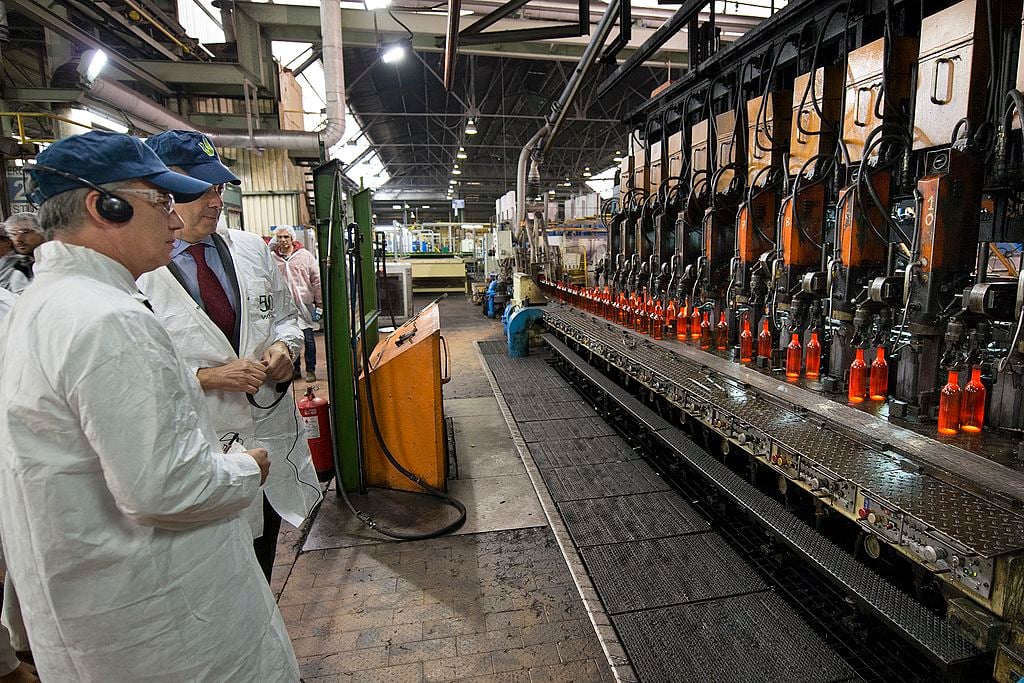The Industrial Internet of Things (IIoT) is influencing the manufacturing industry in a big way. In short, the IIoT makes use of networks, like the internet, to aggregate data from connected devices. The data is centralized on a platform where it can be processed and translated into meaningful insights. There are many examples of IIoT being used in the workplace. The platforms and services available to manufacturers can help with everything from machine performance monitoring to predictive maintenance. Many of these systems also incorporate machine learning and other subsets of artificial intelligence to optimize performance and more accurately make predictions.
In this post, we will look at some of the best examples of how IIoT improves the way a factory operates.
Real-Time Performance
One of the best uses for IIoT in a manufacturing plant is for the real-time performance tracking capabilities. When a factory connects their machines to an IIoT platform, the machines will start reporting data for how they are operating. The platform will provide a view that shows every input and corresponding output for all of the machines that are in operation.
This functionality offers huge benefits for a company. With real-time performance tracking, a plant manager or employee can monitor the entire factory and get immediate notifications when a machine or group of machines are not performing at their expected or optimal level. This will ultimately lead to quicker fixes, increased efficiency, and higher quality products.
Factory Integration
Another one of the examples of IIoT in the workplace revolves around the way in which the factory’s machines are enabled with the tracking and communication features. In most cases, the machines already have ports where external devices can be plugged in.
Oden Technologies offers simple data collection device that can be plugged into any machine or PLC and can communicate wirelessly to their platform. This simple integration is what makes some services stand out from others. Factory integration is big part of IIoT but it should be a short process and shouldn’t require factories to purchase new machines and equipment.
Predictive Maintenance
The last example of IIoT in manufacturing is in a system’s ability to make predictions on when maintenance should take place for a machine. This is part of the IIoT incorporates machine learning algorithms. These algorithms look through large amounts of data to recognize patterns, which help the AI form models that represent the correlation between inputs and outputs. Over time, the machine learning algorithms will have enough ‘training’ to be able to make predictions about what may happen based on given data.
In the example of predictive maintenance, the machine learning algorithms will be able to take the performance data from the machines and figure out the likelihood that this machine will need maintenance and by what time. The more data that a factory has at its disposal, the more accurate these predictions will be. This is an approach that leads to cost savings over time and higher productivity.
The Smart Factory
All of these examples of IIoT in the manufacturing industry come together to form what is referred to as a “Smart Factory.” A smart factory has a sort of sensory system that allows it to monitor itself and communicate this information through a unified network. When paired with AI and machine learning, a smart factory can start to make predictions that lead to smarter business decisions for a manufacturer.
The IIoT brings tremendous value and is very easy to take advantage of. It is as simple as getting in contact with the right IIoT platform and integrating this technology into your business. It is important to start collecting this data today so that you can benefit from now and in the future.


